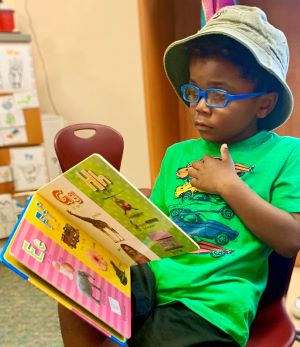For Families

Family members are the most important people on the educational team and in the life of a child or youth who is deafblind.
They are the one consistent presence as children move from early intervention to school, and then transition from high school to adult life. Educational settings change and practitioners come and go, but the family is always there. In this section of the website, you will find resources to help you
- Connect to agencies and organizations
- Learn about deafblindness and key topics for families
- Access family stories
- Find events

Services and Organizations
Reaching out to helpful people and places is essential for children who are deafblind and their families. A range of services are available that provide information, referrals, services, and opportunities to interact with other families.
Connect to services and organizations that can help your child and family →

Get to Know Your State Deafblind Project
If you are a family member of a child who is deafblind and have not yet contacted your state deafblind project, you should do so as soon as possible. The types of services offered vary from state to state, but typically include resources, guidance, and annual workshops or other events. Most state deafblind projects include a staff member in the role of family engagement coordinator who works directly with families.
Learning Resources
Families report a high need for information to improve their understanding of deafblindness (e.g., communication, impact of vision and hearing loss on learning), as well as the knowledge and skills they need to partner with educators and advocate for their childrens' needs. Sorting through information on the internet can be overwhelming, however, so we've organized a selection of high-quality information on this website—information about deafblindness, key topics for families, and family stories.
